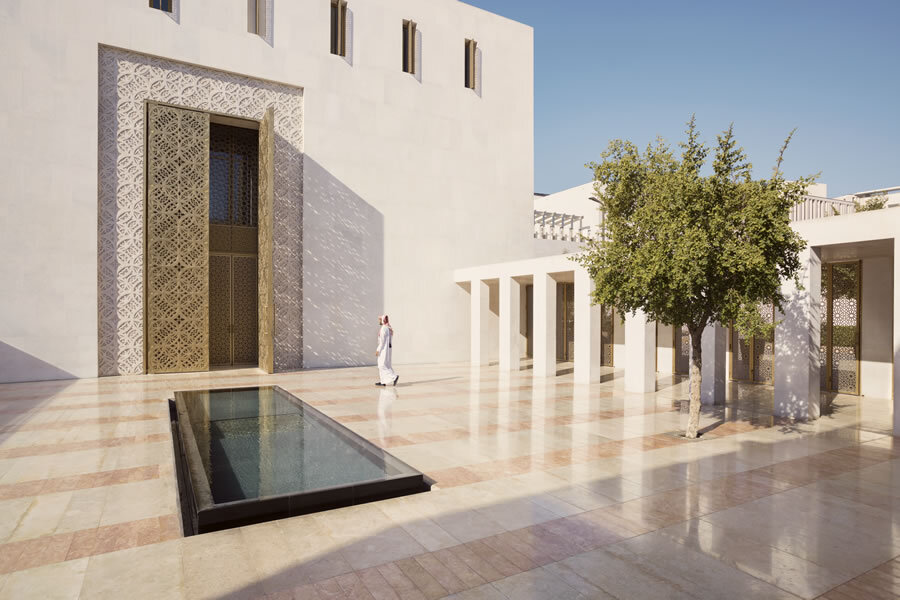The architectural landscape of the Khaleeji region, particularly in Saudi Arabia, stands as a testament to the enduring relationship between traditional construction practices and sustainability. This bond, deeply rooted in centuries of architectural evolution, highlights a profound understanding of living in harmony with the harsh desert environment. Today, as the world shifts towards more sustainable living paradigms, the principles underlying traditional Khaleeji construction offer valuable insights into eco-friendly design and construction methodologies.
Natural Materials: Foundations of Sustainability
At the core of traditional Khaleeji architecture is the utilization of locally sourced, natural materials, which inherently possess low environmental impact due to minimal processing and transportation requirements. Mud bricks, made from the earth, are exemplary of this sustainable practice. Renowned for their excellent thermal properties, these bricks provide effective insulation, keeping interiors cool in the scorching heat and warm during cooler nights, thereby reducing the reliance on artificial heating and cooling solutions. The sustainable merit of these materials, coupled with their biodegradability, underscores a construction philosophy that is both environmentally responsible and culturally authentic.
Passive Design Principles: Mastering Climate Through Architecture
Traditional Khaleeji architecture embodies the essence of passive design, a concept that minimizes the need for mechanical cooling and heating. The layout of buildings, often organized around central courtyards, promotes natural ventilation and creates microclimates that significantly reduce indoor temperatures. Additionally, the strategic orientation of buildings and the use of thick walls and narrow alleyways further mitigate heat gain, exemplifying an intuitive understanding of climate-responsive design. These passive strategies, deeply embedded in the traditional architectural fabric, are being revisited and adapted in contemporary projects to enhance energy efficiency and occupant comfort.
Water Conservation: The Lifeline in the Desert
Water, a precious resource in the desert landscape, has historically been managed with meticulous care in Khaleeji architecture. The traditional aflaj irrigation systems, an ingenious network of water channels, demonstrate an advanced understanding of sustainable water management. These systems not only supported agriculture but also regulated the microclimate within urban settings. Modern adaptations of such water management practices, including greywater recycling and rainwater harvesting, are vital in addressing today’s environmental challenges, offering a sustainable blueprint for urban development.
Biodiversity and Green Spaces: Cultivating Life in Arid Lands
The integration of green spaces within the urban fabric, a hallmark of Khaleeji architecture, has always played a crucial role in enhancing biodiversity and providing respite from the heat. The traditional oasis gardens, with their diverse plant species, not only served as agricultural hubs but also as centers of social life. The contemporary emphasis on green roofs, urban gardens, and landscaped courtyards draws inspiration from these traditional practices, promoting urban biodiversity while offering psychological and physical benefits to the inhabitants.
Conclusion: A Pathway to Sustainable Futures
The sustainable practices inherent in traditional Khaleeji construction resonate with contemporary environmental goals, offering timeless solutions to modern challenges. As Saudi Arabia and the wider region embrace modernization, the principles of traditional architecture provide a valuable foundation for sustainable development. By revisiting and adapting these practices, architects and urban planners can forge a future that honors cultural heritage while advancing environmental stewardship, ensuring that the legacy of Khaleeji architecture continues to inspire and guide sustainable living for generations to come.
image source: Cities From Salt
Finally, find out more on ArchUp:


 العربية
العربية